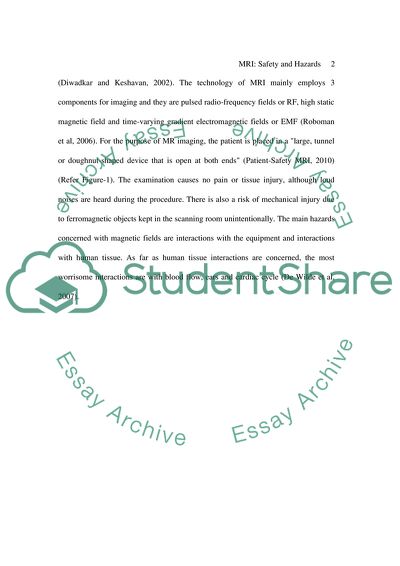Cite this document
(Basic Principles of Magnetic Resonance Image Production Term Paper, n.d.)
Basic Principles of Magnetic Resonance Image Production Term Paper. Retrieved from https://studentshare.org/technology/1570623-the-basic-principles-of-mr-image-production
Basic Principles of Magnetic Resonance Image Production Term Paper. Retrieved from https://studentshare.org/technology/1570623-the-basic-principles-of-mr-image-production
(Basic Principles of Magnetic Resonance Image Production Term Paper)
Basic Principles of Magnetic Resonance Image Production Term Paper. https://studentshare.org/technology/1570623-the-basic-principles-of-mr-image-production.
Basic Principles of Magnetic Resonance Image Production Term Paper. https://studentshare.org/technology/1570623-the-basic-principles-of-mr-image-production.
“Basic Principles of Magnetic Resonance Image Production Term Paper”. https://studentshare.org/technology/1570623-the-basic-principles-of-mr-image-production.


